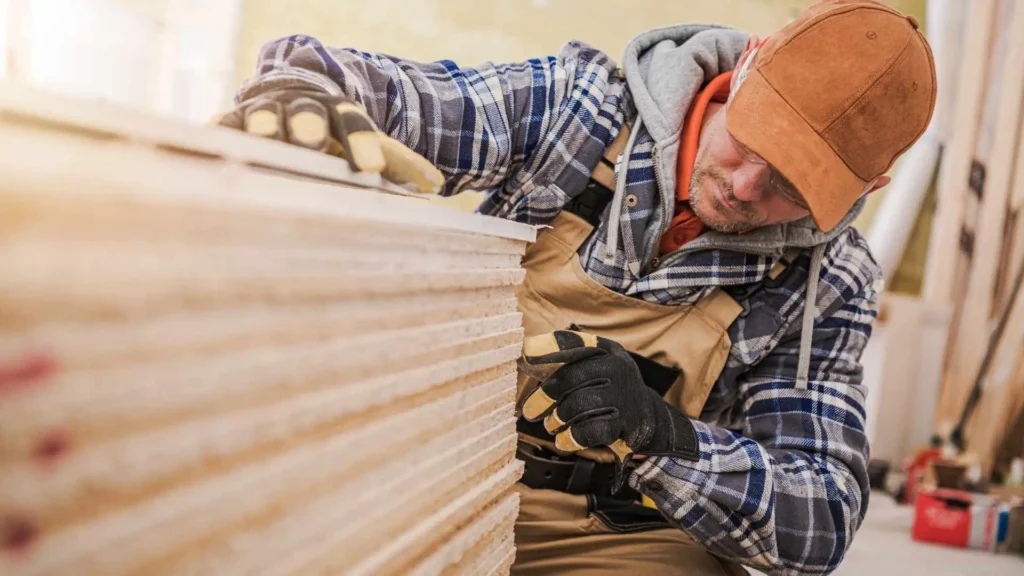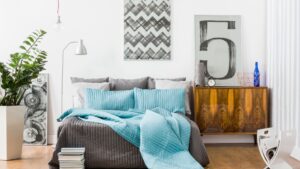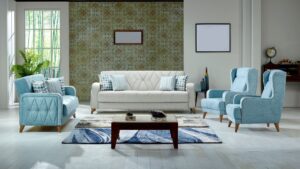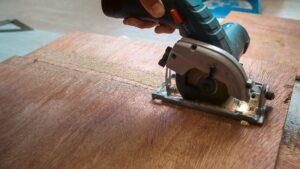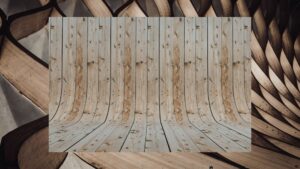Blockboard is made up of a core from solid wood, which can be softwood or hardwood strips. These are placed between two layers that could either be veneer or plywood. This special way of making it gives us a composite material that mixes the sturdiness of solid wood with better stability in its dimensions. Usually, the core strips are about 25mm wide and they are set up side by side to create an unbroken surface.
The outer layers of veneer are stuck in a way that is perpendicular to the core strips, making a cross-grain pattern. This greatly lessens the chances for this material to warp or twist. Such engineered methods solve the main drawback of solid wood furniture parts.
The Science Behind Warping Prevention
Wood warping happens when the moisture level changes not uniformly across a board’s width or thickness. Solid wood grows and shrinks along its grain direction, causing internal pressures that show as bowing, cupping, or twisting. The layered structure of blockboard successfully fights against these natural movements of wood.
The grain direction that is at right angles between the core and veneer layers sets up forces against each other which cancel out any bending tendencies. When the center part tries to spread in one way, the cross-grain outer layer opposes this motion, keeping the board’s shape flat.
Enhanced Dimensional Stability
Blockboard shows better dimensional stability than solid wood or even regular plywood. The core strips are chosen with care and dried in a kiln to have the same moisture level before they are put together. This supervised making process removes lots of the internal tension that is usually found in natural wood.
Also, the changing directions of grain make a balanced formation where forces of expansion and contraction nullify each other. This balance confirms that furniture items keep their expected shape and function for long times, even when humidity conditions vary.
Moisture Resistance Benefits
The blockboard’s multi-layer structure gives it superior resistance to moisture compared to solid wood options. The veneer layers serve as defensive shields, stopping moisture from getting straight into the core material. This safeguard is especially beneficial in furniture uses where there is regular exposure to changes in humidity.
When water enters the surface, it only impacts specific areas and not the whole board thickness. This limited effect stops widespread bending that usually happens with solid wood parts.
Manufacturing Quality Control
In the current method of making blockboards, strict steps for quality control are followed which increase resistance to bending. The core strips are selected based on their moisture level and grain direction for guaranteeing evenness. Specially prepared adhesives are used that keep flexibility but also offer robust attachment between layers.
During manufacturing, we carefully control the heat and pressure to make sure everything sticks together well without causing stress inside. By keeping these conditions in check, it helps create a stable product that keeps its qualities during all of its usage time.
Practical Applications in Furniture
Blockboard is very useful for big furniture surfaces such as tabletops, shelves and cabinet doors because if they warp it would be easily seen and cause problems. It stays stable so people who make furniture can create wide panels without worrying about the bending that comes with building from solid wood.
The steady thickness and flat surface of the material also make it simpler to finish and put in hardware. These useful benefits, along with excellent resistance to warp, make blockboards a perfect selection for constructing high-quality furniture that remains good over time.
